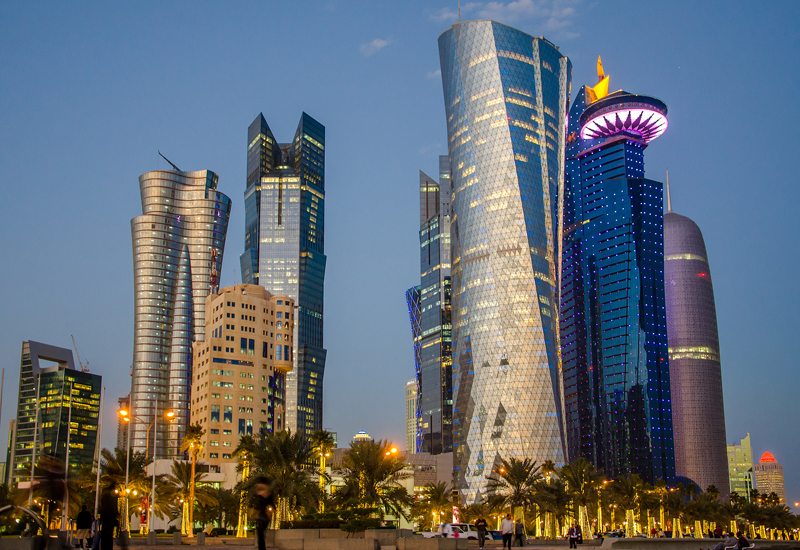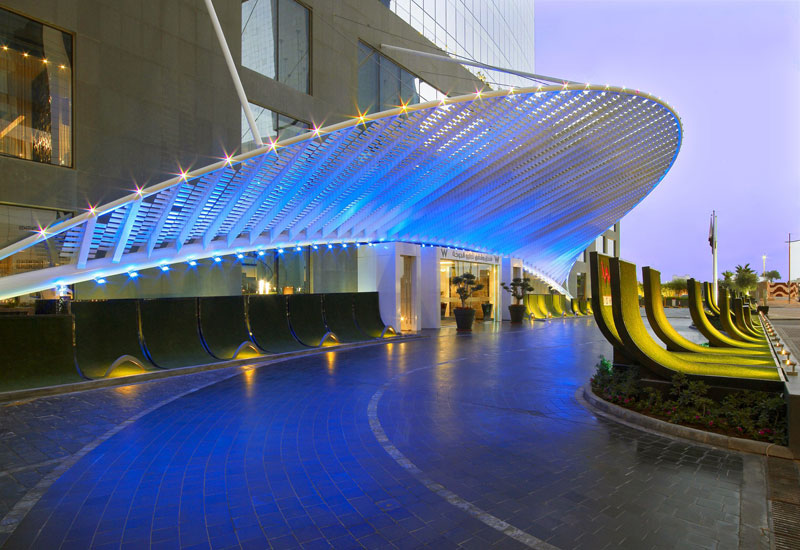 An anticipated 11,000 rooms are expected to go live in Qatar, mainly Doha, in the next two-three years.
An anticipated 11,000 rooms are expected to go live in Qatar, mainly Doha, in the next two-three years.
Hewett adds that Doha’s supply pipeline includes more than 11,000 hotel rooms which are expected to enter the market over the next three to five years. “The majority of the supply will be centred around the West Bay area and in large mixed-use developments such as Lusail,” Hewitt says.
Colliers International director-head of hotels — MENA region Filippo Sona tells Hotelier Qatar: “Doha saw an influx of 538 hotel keys in Q2 2016. The most recent openings included properties such as the Mövenpick Al Aziziyah and the Centro Capital Doha. Supply is expected to grow at a strong pace, with a large pipeline over the next few years.”
Sona says, however, that 20% of properties in the pipeline have experienced notable “delays by one or two years”. “This leaves more time for the market to absorb the new supply,” Sona adds.
Rates and occupancy
Grappling with prices and occupancy has been a challenge for the hotels in operation especially in Doha’s West Bay district.
On the occupancy and revenue front, QTA’s report states that hotels in Qatar experienced strong demand growth (rooms sold up 28%) in 2015, but this was outstripped by growth in supply (available room nights up 32%). This resulted in slightly lower occupancy rates on average compared to the same period last year.
Average hotel occupancy was 70.7% in 2015 compared to 73.1% in 2014, which represents a 3.3% reduction. The only segment which enjoyed occupancy growth was the four-star segment with 76.5% average occupancy in 2015 compared to 75.8% in 2014.
For the first half of 2016, hotel occupancy and average room rates were lower compared to the same period in 2015. Occupancy rates in the tourist accommodation sector have seen a 15% fall from the first half of 2015, with an average of 64% occupancy recorded across all hotels and hotel apartments in the first half of 2016, the QTA said in its H1 2016 report.
In 2015, RevPAR (revenue per available room) struggled, falling by 8.8% on average across the entire hotel segment compared to 2014. RevPAR fell most significantly across the one- and two-star segment (-17.3%), as well as the four-star segment (-11.7%). The five-star and three-star segments fared better, with only slight drops in RevPAR (-2.6% and -1.8%) respectively; this was achieved through higher ARR (average room rates), which increased by 3.8% and 9.1% respectively.”
Sona says: “Due to a drop in oil prices, slowing economic activity, and Ramadan, hotels experienced a decline in demand during the second quarter of 2016. Hotel occupancy is forecasted to close at 64% for 2016, which is still relatively higher than the occupancy rate in some GCC cities which are also heavily reliant on the corporate segment.”
The QTA claims that the drop was generated partly by a 10% net increase in the number of available rooms, as four new properties has opened their doors since the end of June 2015. Average room rates across all hotels and apartments was US $137.31 (QAR 500), and RevPAR was $87.60 (QAR 319).

| Advertisement |









 Search our database of more than 2,700 industry companies
Search our database of more than 2,700 industry companies









